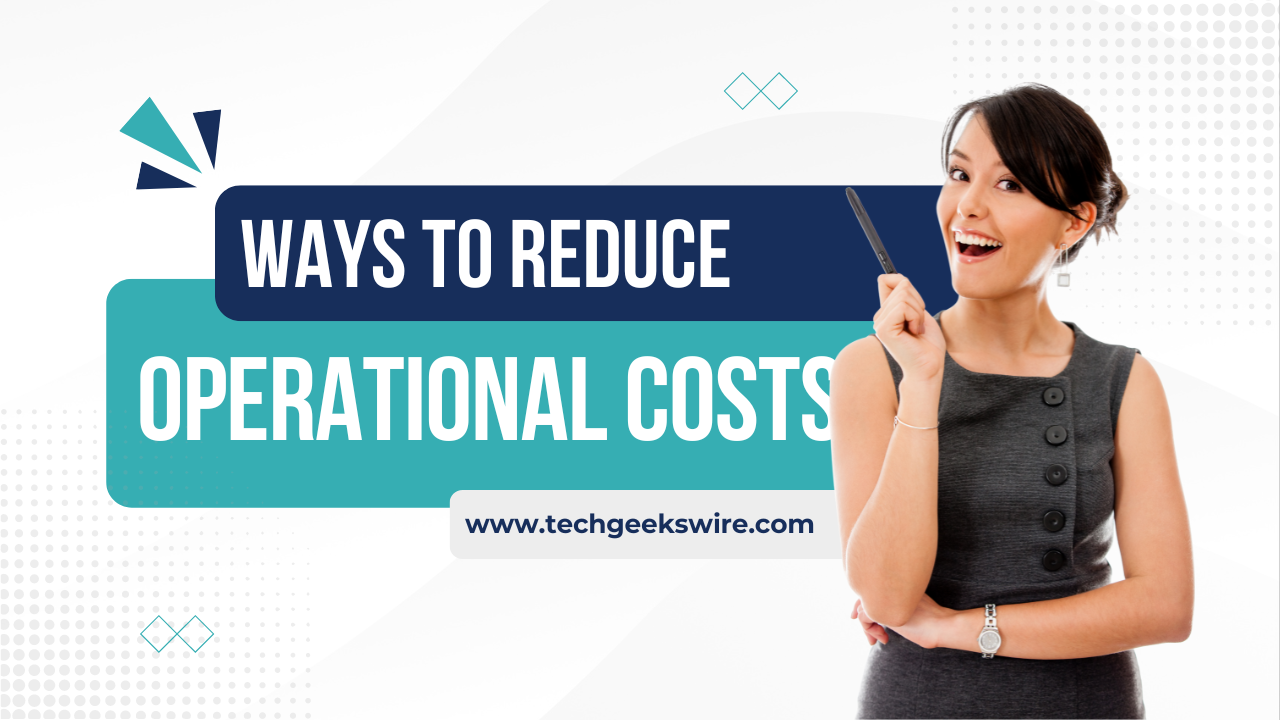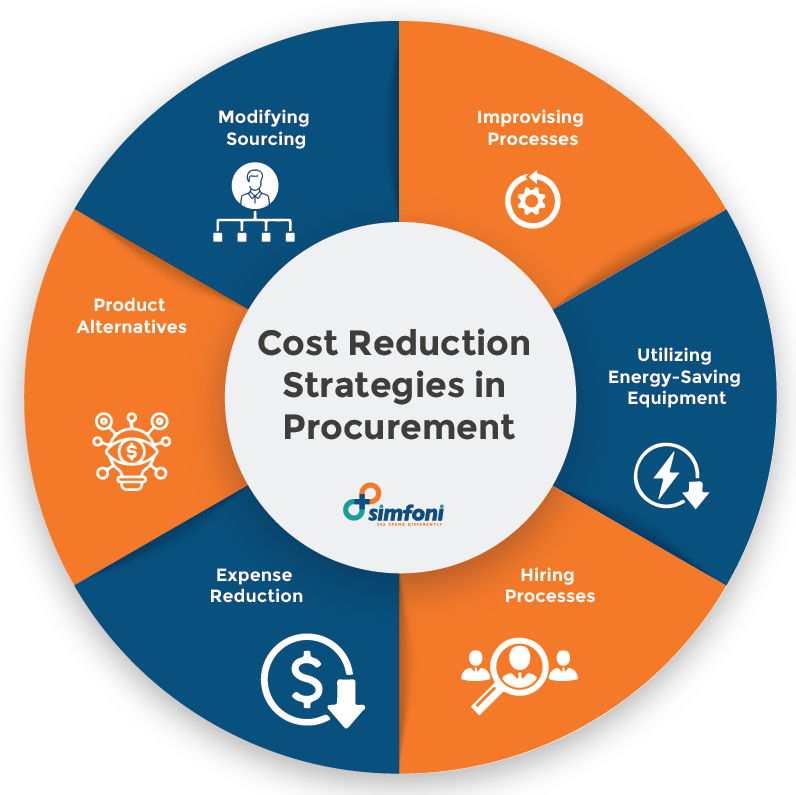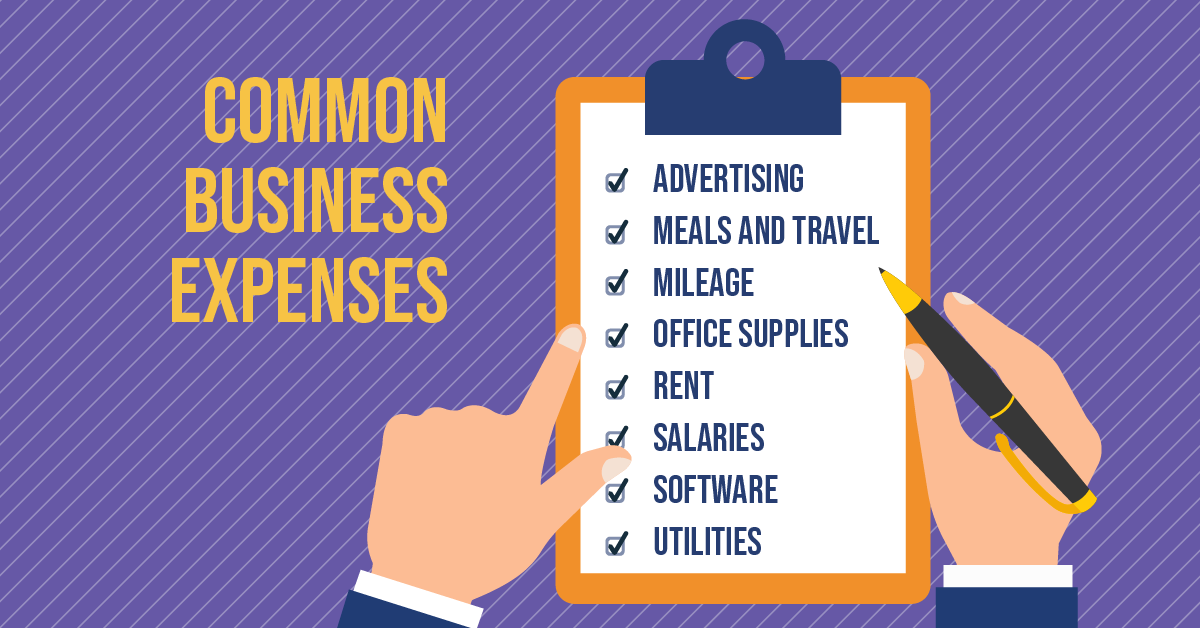How to Reduce Operational Costs in a Small Business: A Comprehensive Guide

Running a small business can be a thrilling adventure, but it's also a journey filled with financial challenges. One of the most significant hurdles is managing operational costs. Imagine your business as a ship sailing through rough waters—every unnecessary expense is like a small leak that, if left unchecked, can sink your vessel. So, how do you plug these leaks and ensure smooth sailing? Let's dive into a comprehensive guide on how to reduce operational costs in a small business.
Understanding Your Business Expenses
Before you can start trimming costs, you need to understand where your money is going. Begin by creating a detailed list of your small business expenses. This list should include everything from rent and utilities to marketing and employee salaries. Think of this as your ship's manifest—a detailed inventory of everything on board.
Step 1: Categorize Your Expenses
Categorize your expenses into fixed and variable costs. Fixed costs are those that remain constant, such as rent and insurance. Variable costs, on the other hand, fluctuate based on your business activities, like raw materials and marketing expenses.
Step 2: Analyze Your Spending
Once you have a clear picture of your expenses, analyze where you can make cuts. Are there any unnecessary expenses? Are you overspending in certain areas? This analysis will form the backbone of your cost reduction strategies.
Implementing Cost Reduction Strategies
Now that you have a clear understanding of your expenses, it's time to implement strategies to reduce them. Think of this as patching the leaks in your ship—each strategy is a patch that will help keep your business afloat.
1. Improve Operational Efficiency
Operational efficiency is about doing more with less. This could mean streamlining your processes, automating tasks, or outsourcing non-core activities. For example, using project management software can help you manage tasks more efficiently, reducing the need for additional staff.
2. Negotiate Better Deals
Don't be afraid to negotiate with your suppliers. Often, you can get better deals by committing to longer contracts or bulk orders. This is akin to finding a better deal on supplies for your ship—it might take some effort, but the savings can be significant.
3. Reduce Energy Costs
Energy costs can be a significant drain on your budget. Simple steps like switching to energy-efficient lighting, turning off equipment when not in use, and using programmable thermostats can lead to substantial savings. Think of this as optimizing your ship's engine—a more efficient engine means lower fuel costs.
4. Leverage Technology
Technology can be a powerful ally in reducing costs. Cloud-based solutions, for instance, can help you save on IT infrastructure costs. Similarly, using free or low-cost software for tasks like accounting and marketing can lead to significant savings.
5. Review Your Insurance Policies
Insurance is a necessary expense, but it's worth reviewing your policies regularly to ensure you're not overpaying. Shop around for better deals and consider bundling your policies to get discounts.
Business Budgeting: The Key to Saving Money
Business budgeting is not just about tracking expenses; it's about planning for the future. A well-crafted budget can help you anticipate expenses, allocate resources effectively, and identify areas where you can save money.
Creating a Budget
Start by projecting your income and expenses for the coming year. Be realistic about your projections—overestimating income or underestimating expenses can lead to financial trouble. Use your historical data as a guide, but also consider any upcoming changes that could affect your finances.
Sticking to Your Budget
Creating a budget is only half the battle—sticking to it is the real challenge. Regularly review your budget to ensure you're on track. If you find yourself overspending in one area, look for ways to cut back in another.
Additional Tips for Saving Money in Business
1. Go Paperless
Going paperless can save you money on printing and storage costs. It's also more environmentally friendly. Consider using digital documents and cloud storage solutions instead of physical paper.
2. Encourage Remote Work
Allowing employees to work remotely can save you money on office space and utilities. It can also improve employee satisfaction and productivity.
3. Use Freelancers
Hiring freelancers for specific projects can be more cost-effective than hiring full-time employees. Freelancers can provide specialized skills without the overhead costs of benefits and office space.
4. Invest in Employee Training
Investing in employee training can improve productivity and reduce turnover, both of which can save you money in the long run.
5. Monitor Your Inventory
Keeping a close eye on your inventory can help you avoid overstocking, which ties up your capital and increases storage costs.
Conclusion
Reducing operational costs in a small business is not a one-time task; it's an ongoing process. It requires a keen eye for detail, a willingness to negotiate, and a commitment to continuous improvement. By understanding your expenses, implementing cost reduction strategies, and sticking to a budget, you can keep your business ship sailing smoothly.
Remember, every dollar saved is a dollar earned. So, start plugging those leaks today and watch your business thrive.
FAQs
1. What are the most common small business expenses?
The most common small business expenses include rent, utilities, employee salaries, insurance, marketing, and inventory costs.
2. How can technology help reduce business costs?
Technology can help reduce business costs by automating tasks, improving operational efficiency, and providing low-cost alternatives to traditional solutions. For example, cloud-based software can reduce IT infrastructure costs, and project management tools can improve task management.
3. What is the importance of business budgeting?
Business budgeting is crucial for planning and controlling your finances. It helps you anticipate expenses, allocate resources effectively, and identify areas where you can save money. A well-crafted budget can also help you make informed decisions and achieve your financial goals.
4. How can I negotiate better deals with my suppliers?
Negotiating better deals with your suppliers involves building a good relationship, understanding their needs, and being clear about what you want. You can often get better deals by committing to longer contracts or bulk orders. It's also important to shop around and be aware of market prices.
5. What are some ways to reduce energy costs in a small business?
Some ways to reduce energy costs in a small business include switching to energy-efficient lighting, turning off equipment when not in use, using programmable thermostats, and investing in energy-efficient appliances. Regularly maintaining your equipment can also help improve energy efficiency.


By following these strategies and tips, you can significantly reduce your operational costs and improve your business's financial health. So, don't wait—start implementing these changes today and watch your business grow.
0 Response to "How to Reduce Operational Costs in a Small Business: A Comprehensive Guide"
Post a Comment